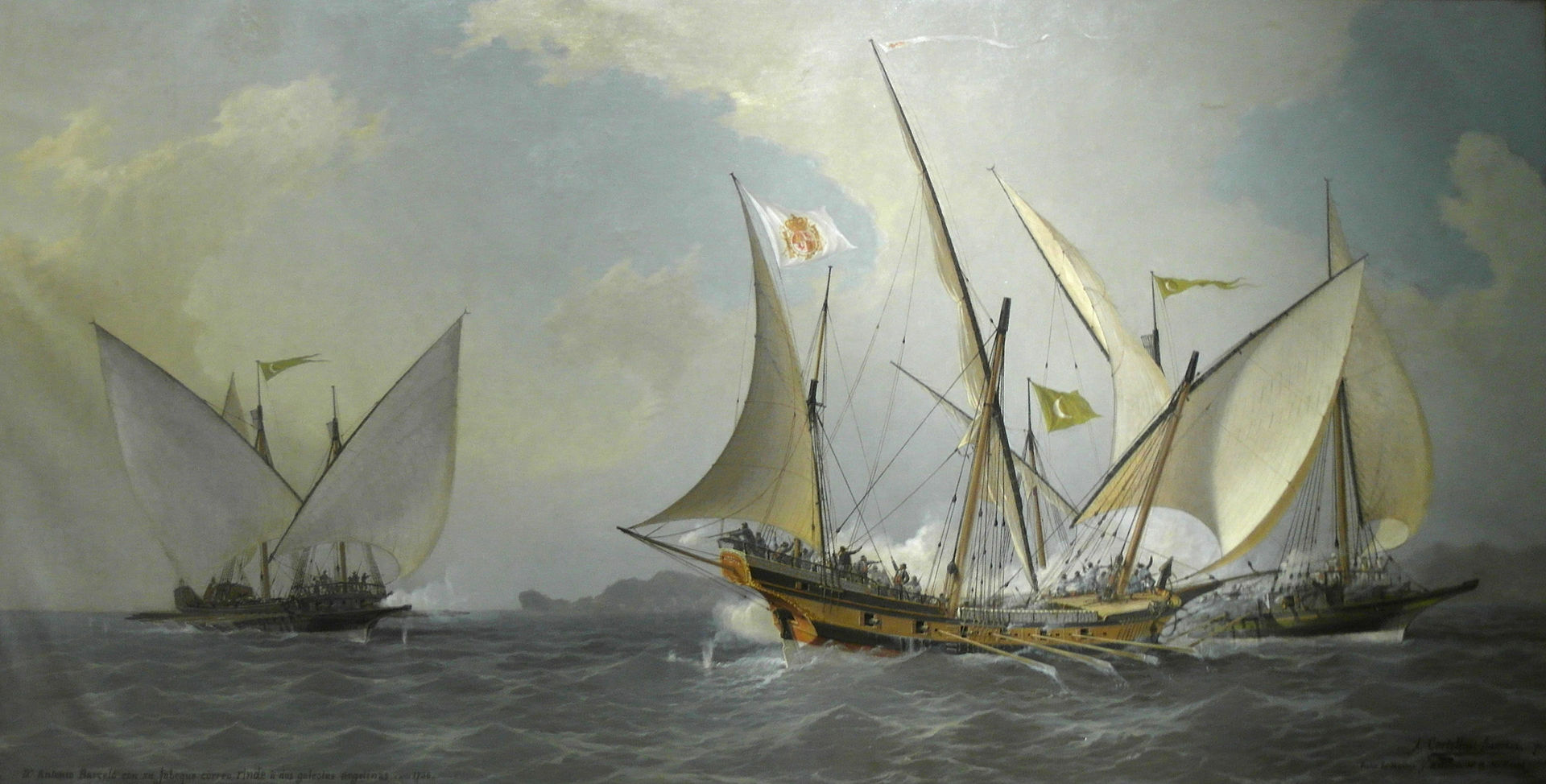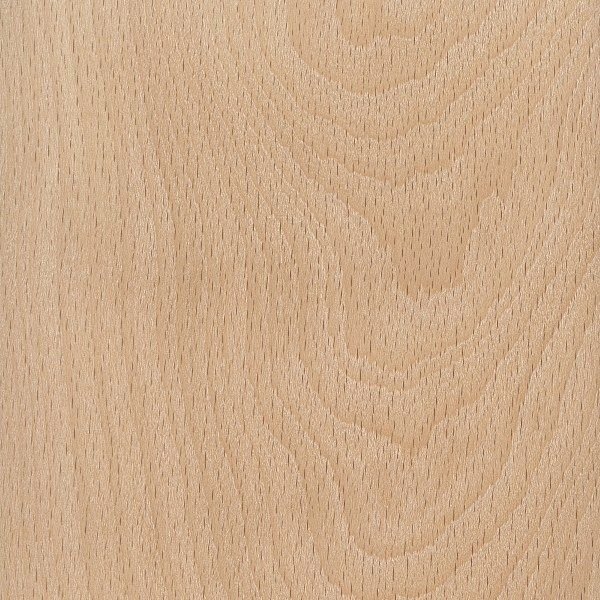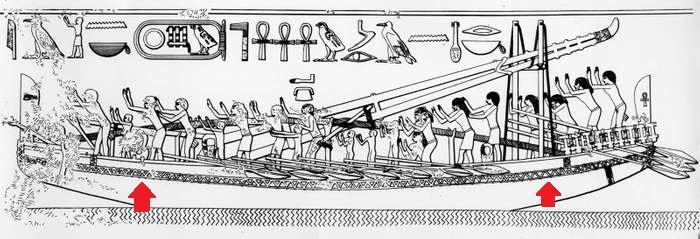-
Posts
128 -
Joined
-
Last visited
Content Type
Profiles
Forums
Gallery
Events
Everything posted by Sceatha
-
I have an interest in the same era Chris, anything from the Sumerians to Classical Greece and Rome to be honest. And lots of interesting modelling subjects there too. It's fascinating to see how concepts that we have taken for granted emerged and evolved, things like the cylindrical mast, the shrouds and the centered rudder. At some point I would also like to try my hand at modelling some wooden machines like cranes or siege engines from that era. I have not read Freeman's book, but have heard good things about it. I should probably get it.
- 81 replies
-
- egyptian
- byblos ship
-
(and 1 more)
Tagged with:
-
Glad to hear you located a copy Chris! There are a few more resources I found useful, in case you want to dig a bit deeper. No line drawings in those, and Björn Landström's book definitely has all the information a modeler might need, but still they can add useful details. A couple of papers you can find to download: Egyptian Seagoing Ships by R. O. Faulkner - This is quite indispensable, explaining the main building techniques of the Egyptians, like the installation of the hogging truss. The Construction of the Khufu I Vessel (c.2566 BC): a Re-Evaluation by Samuel Mark - offering a lot of info on the shape, thickness, cutting and lacing of the planks on the Khufu solar boat, the only surviving ship of the Old Kingdom. And a book: Seagoing Ships & Seamanship in the Bronze Age Levant by Shelley Wachsmann - This is more for the historical aspect, it adds no actual shipbuilding information to the above, collects all primary resources from Bronze Age art on ships and seamnship.
- 81 replies
-
- egyptian
- byblos ship
-
(and 1 more)
Tagged with:
-
Thank you all very much! Chris there is Björn Landström's Ships of the Pharaohs: 4000 years of Egyptian Shipbuilding. That is the one I am basing my build on. It's an impressive book, large format and includes several good line drawings. They are, as you say, hypothetical but the Egyptians have left us with quite detailed paintings, several ship models and even a few actual ships that have survived, so the assumptions made are not too far out there. Landström includes this evidence in the book, which help to understand his thinking in designing the line drawings. The book has been out for print, but there are several copies out there. I had no trouble getting one.
- 81 replies
-
- egyptian
- byblos ship
-
(and 1 more)
Tagged with:
-
The goods of the quarantine is that I have never been so productive. I thought I would take some time off from the lacing today and make the mast. Egyptian ship seems to have been equipped exclusively with bipedal masts, at least until the end of the Early Kingdom. When the ship sailed under oars the mast could be lowered, so that its excessive weight did not destabilize the ship. The masthead was curved forward so that the fore-stay did not interfere with the yard and sail.
- 81 replies
-
- egyptian
- byblos ship
-
(and 1 more)
Tagged with:
-
Now that's impressive! Well done on the decision to go full realistic with the canvas, and we'll done on the result so far!
- 69 replies
-
- canoe
- restoration
-
(and 1 more)
Tagged with:
-
Hi Ironmonkey and welcome! Could also be the Amati one. Size is an easy indication to go by, could you measure it? The Artesania kit is larger than the others, just shy of 1m. The Amati and Constructo should be just above 70cm overall, with the Constructo one closer to 80cm. Maybe someone who has the kits can recognise the brass castings in your last photo?
-
Beech is indeed used, at least here in Europe, sometimes different continents have different availabilities and I am definitely no expert. I just thought I noticed the beautiful little streaks (pores?) on the planks on one of your photos, which are characteristic of the kind of beech we get around here (see attached photo). Anyways, whatever the material, she's a beauty and coming along very nicely!
- 69 replies
-
- canoe
- restoration
-
(and 1 more)
Tagged with:
-

HMCSS Victoria 1855 by BANYAN - 1:72
Sceatha replied to BANYAN's topic in - Build logs for subjects built 1851 - 1900
Great work Banyan, your metalwork is impressive!- 993 replies
-
- gun dispatch vessel
- victoria
-
(and 2 more)
Tagged with:
-
Woke up early today and started on the outer lacing. This goes around the hull and across the stem and stern posts. At the stern and stem port it presumably holds the planking on the posts and at deck level it ties the sheer strake to the deck beams. Lacing was done with hemp line treated with microcrystalline wax.
- 81 replies
-
- egyptian
- byblos ship
-
(and 1 more)
Tagged with:
-
That little boat is a beauty by itself!
- 140 replies
-
- benjamin w latham
- model shipways
-
(and 1 more)
Tagged with:
-
Thanks Jim Lad! The hull has two types of lashings: The thicker ones that go through the planks at deck level and at bow/stern. I am about to start those, will post picture, hopefully tomorrow. The many series of thin lashes that go across the interior of the hull and pass through V-shaped channel dug half way through the planks, so that they do not protrude on the outside of the hull. They end up at the sheer where they are tied on the deck beams (see attached image). Those second thinner lashings I will have to add when I am done shaping the hull, as the planks are too thin at my scale (1:48) to actually dig the V-shaped channels halfway without seriously weakening the entire hull (tried it on some test planks and it always ended badly). Still thinking of a way to do this and trying out a few things, will post images when I find a solution that works. Keep in mind the internal lashing scheme comes from Khufu's solar boat, since the stone reliefs in Sahure's grave complex do not provide any information on the lashings. The Khufu vessel is one dynasty (and about 100 years) earlier and is a river boat, not a seagoing vessel, which makes the whole thing at least a bit hypothetical, but that's life when working on ancient vessels...
- 81 replies
-
- egyptian
- byblos ship
-
(and 1 more)
Tagged with:
-
That looks great Voyageur, already awesome improvement. Have you managed to identify the original planking wood? Looks a bit like beech i think?
- 69 replies
-
- canoe
- restoration
-
(and 1 more)
Tagged with:
-
Hello everyone, I am new here, but have been building for quite some time now. Mostly ancient and traditional Mediterranean ships. When researching online this forum came up on almost every search and never failed to provide the information needed. Glad to finally be part of the forums, lot's of interesting builds, information, ideas and research. Looking forward to meeting everyone, George
-
Thanks Druxey! Wanted to try and do justice to the shell first build method. Will hopefully leave at least part of the deck off to show the intricate lashed interior of the hull.
- 81 replies
-
- egyptian
- byblos ship
-
(and 1 more)
Tagged with:
-
First encountered this ship in the seminal Ships of the Pharaohs by Björn Landström. More recently I saw again the well know relief from Sahure's grave complex in Shelley Wachsmann's Seagoing Ships & Seamanship in the Bronze Age Levant. Amati has long now provided a kit for this ship, mostly based on Landström's plans, with a few oversimplifications as usual. Started out with forming a basic mold for the hull shape, over which I built the hull shape. The wood used is Linden, stained with a reddish teak water stain and then treated with tung oil.
- 81 replies
-
- egyptian
- byblos ship
-
(and 1 more)
Tagged with:
About us
Modelshipworld - Advancing Ship Modeling through Research
SSL Secured
Your security is important for us so this Website is SSL-Secured
NRG Mailing Address
Nautical Research Guild
237 South Lincoln Street
Westmont IL, 60559-1917
Model Ship World ® and the MSW logo are Registered Trademarks, and belong to the Nautical Research Guild (United States Patent and Trademark Office: No. 6,929,264 & No. 6,929,274, registered Dec. 20, 2022)
Helpful Links
About the NRG
If you enjoy building ship models that are historically accurate as well as beautiful, then The Nautical Research Guild (NRG) is just right for you.
The Guild is a non-profit educational organization whose mission is to “Advance Ship Modeling Through Research”. We provide support to our members in their efforts to raise the quality of their model ships.
The Nautical Research Guild has published our world-renowned quarterly magazine, The Nautical Research Journal, since 1955. The pages of the Journal are full of articles by accomplished ship modelers who show you how they create those exquisite details on their models, and by maritime historians who show you the correct details to build. The Journal is available in both print and digital editions. Go to the NRG web site (www.thenrg.org) to download a complimentary digital copy of the Journal. The NRG also publishes plan sets, books and compilations of back issues of the Journal and the former Ships in Scale and Model Ship Builder magazines.





